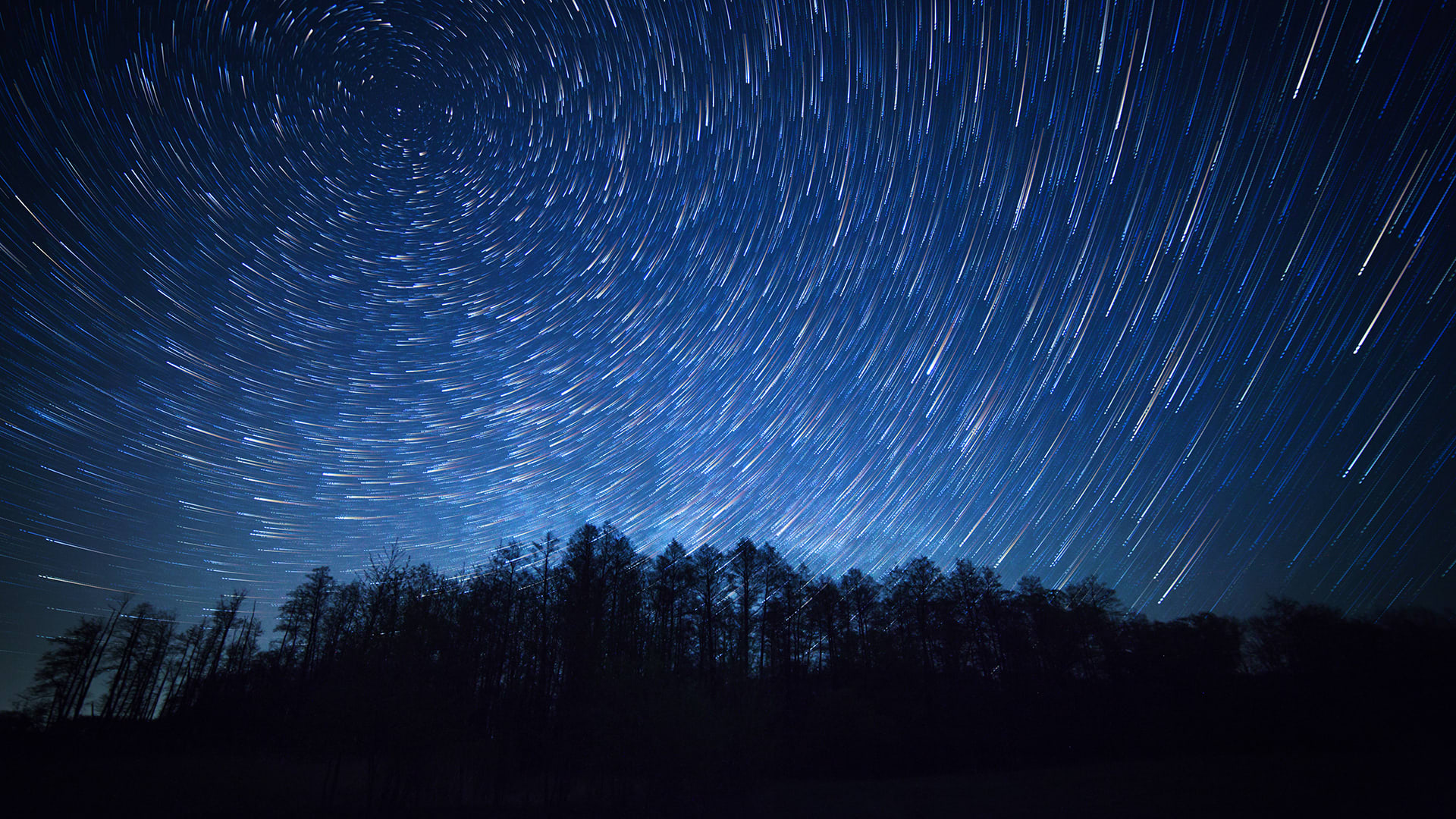Check out this picture of the night sky.
DISCUSS: What do you notice? How would you describe the stars?
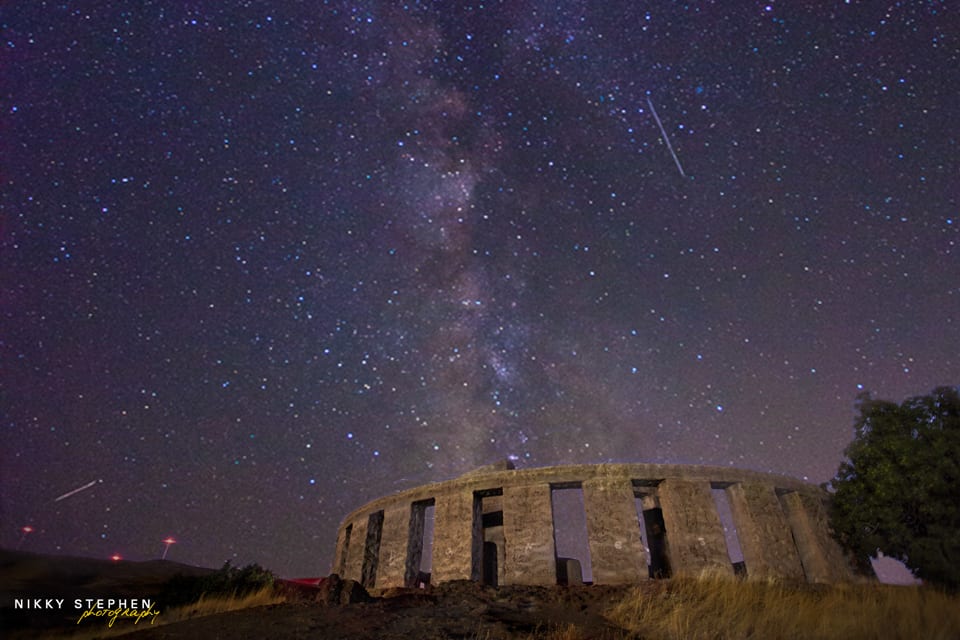
This photograph captures a moment in time--maybe a second or two. The camera’s shutter opened and closed quickly, letting in a little light.
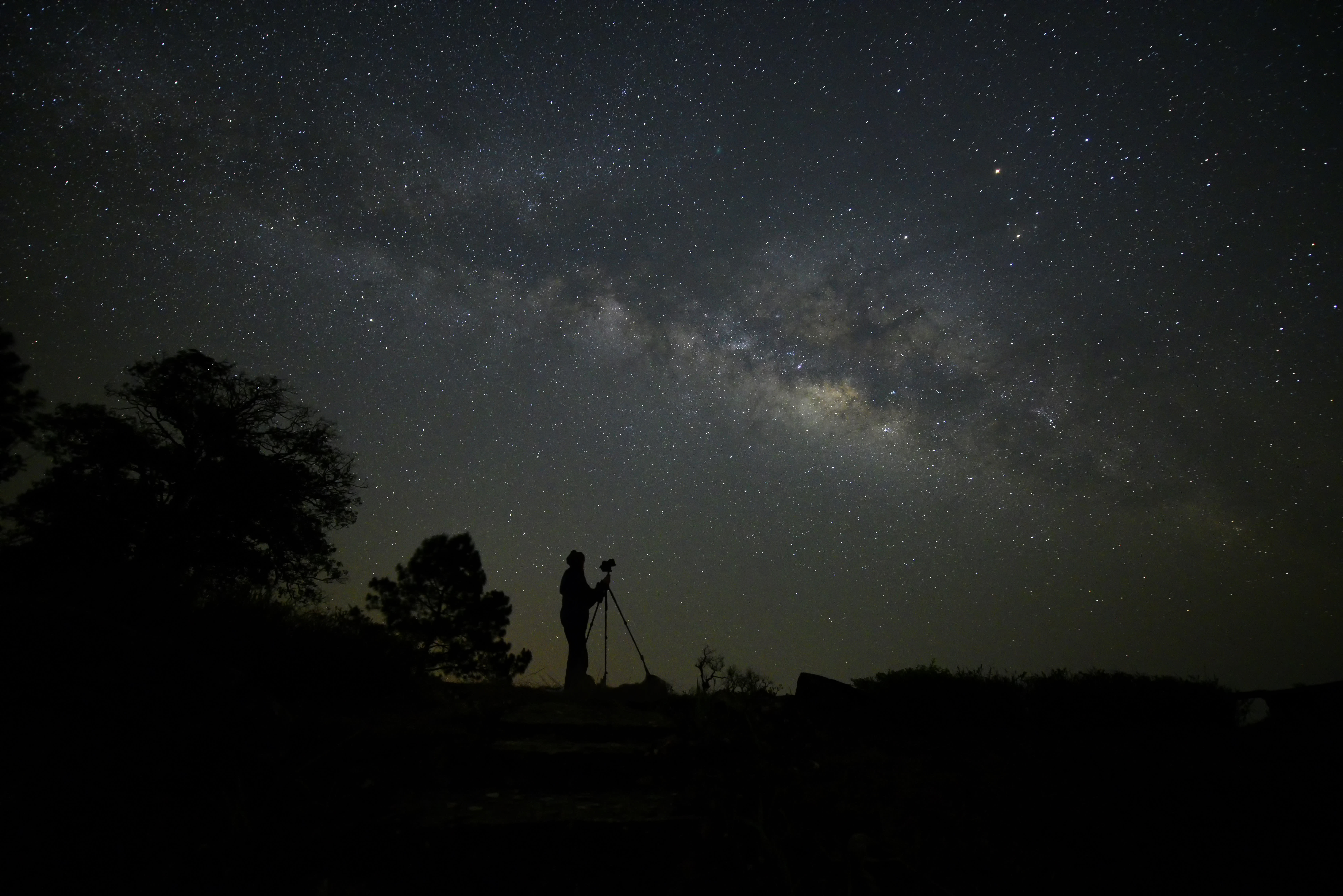
Here’s another photo of the stars.
DISCUSS: What do you notice?


Get a See-Think-Wonder chart to record your ideas.
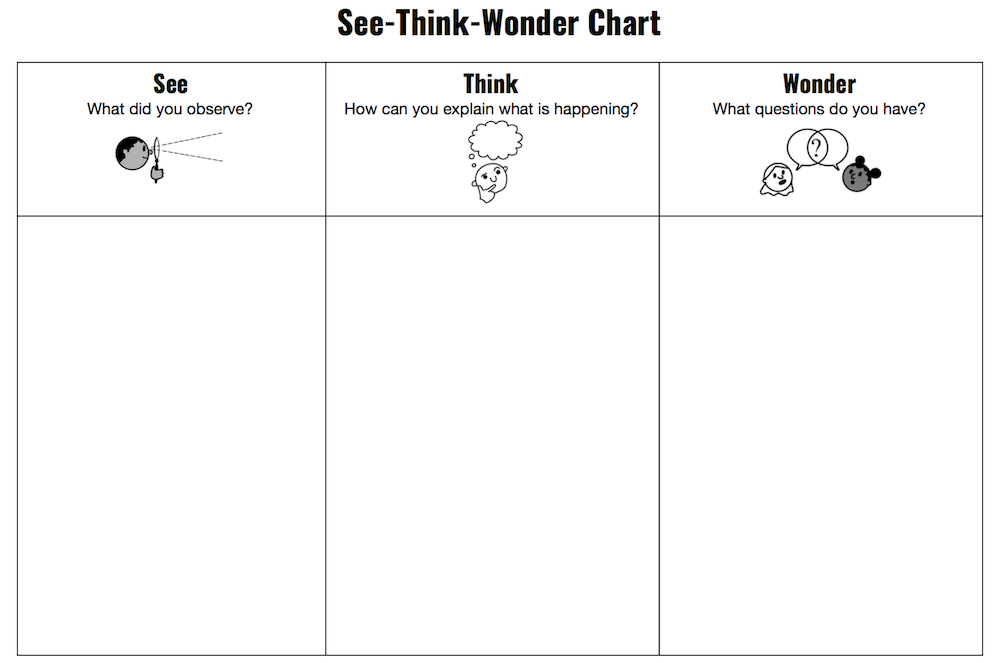
THINK-PAIR-SHARE:
- What do you observe in this photo of the night sky?
- Do you notice any patterns?

Record your answers in the SEE column of your chart.
THINK-PAIR-SHARE:
- Why do you think there are bright streaks in the sky, rather than stars?
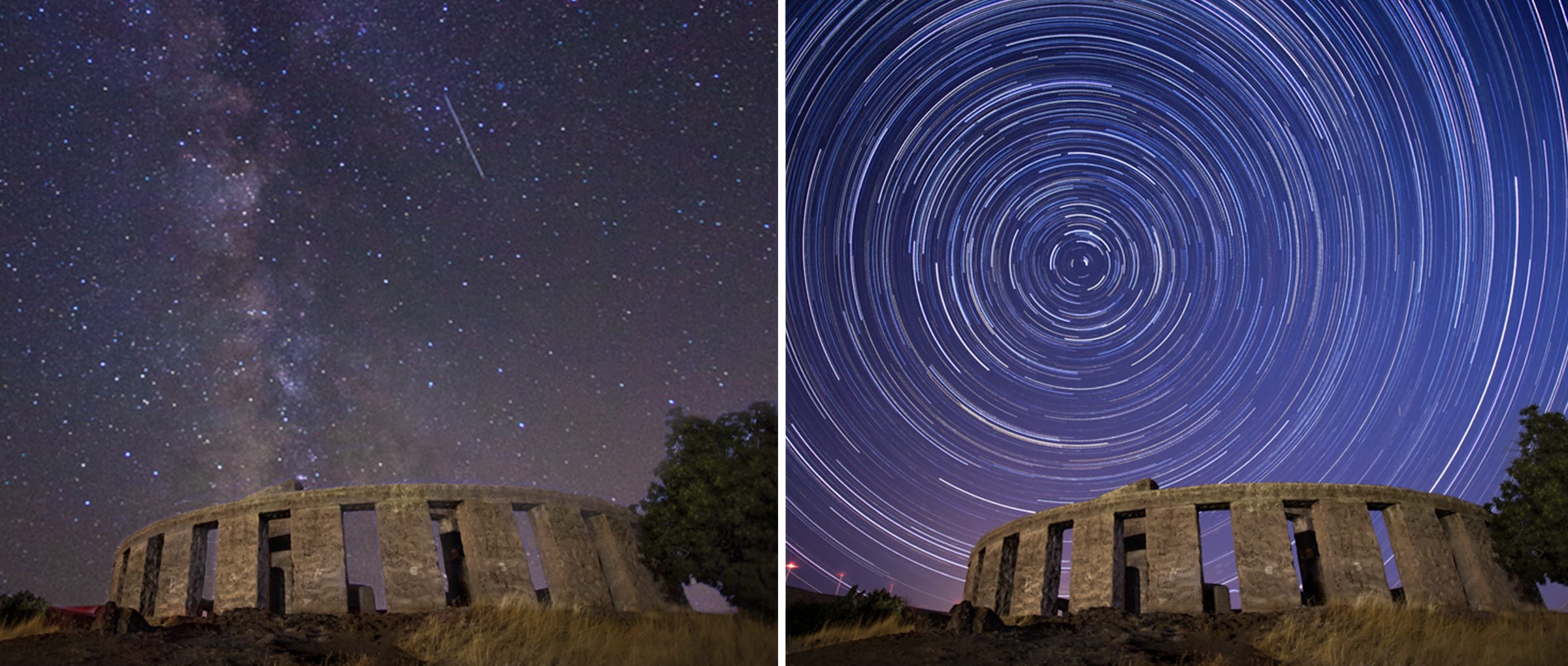
Record your answers in the THINK column of your chart.
THINK-PAIR-SHARE:
- What else do you wonder about this picture?

Record your answers in the WONDER column of your chart.
For thousands of years, astronomers have observed the night sky and tried to explain what they saw.
In this activity, you’ll start with this photo of the sky and figure out what causes the streaks you see. Like astronomers before you, you’ll create a model that helps you explain what you see in the sky. After each Mystery, you'll add to or change your model as you get new ideas.
We'll walk you through it, step by step.
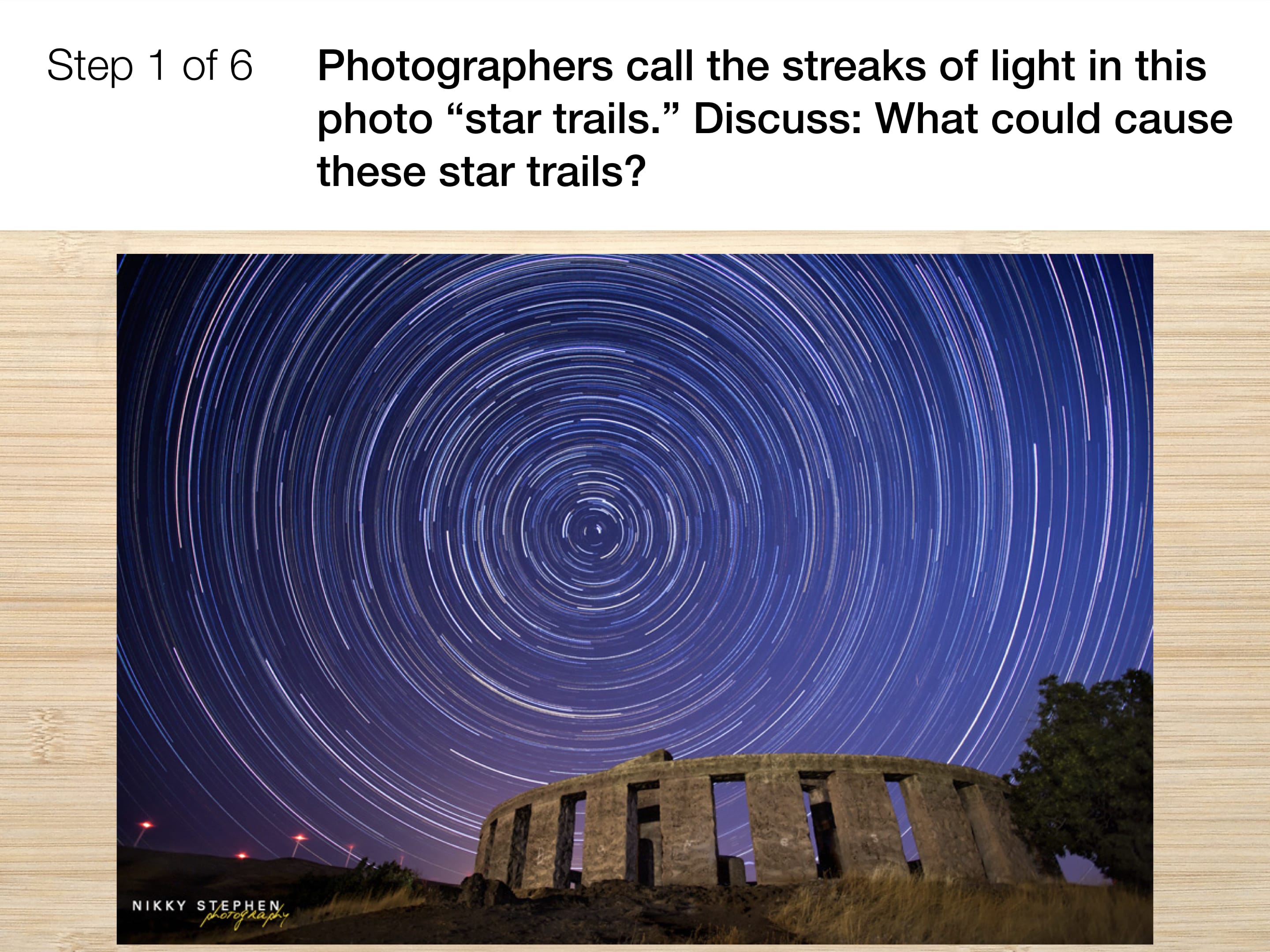
Reveal answer
Activity Step 1 Slide Image
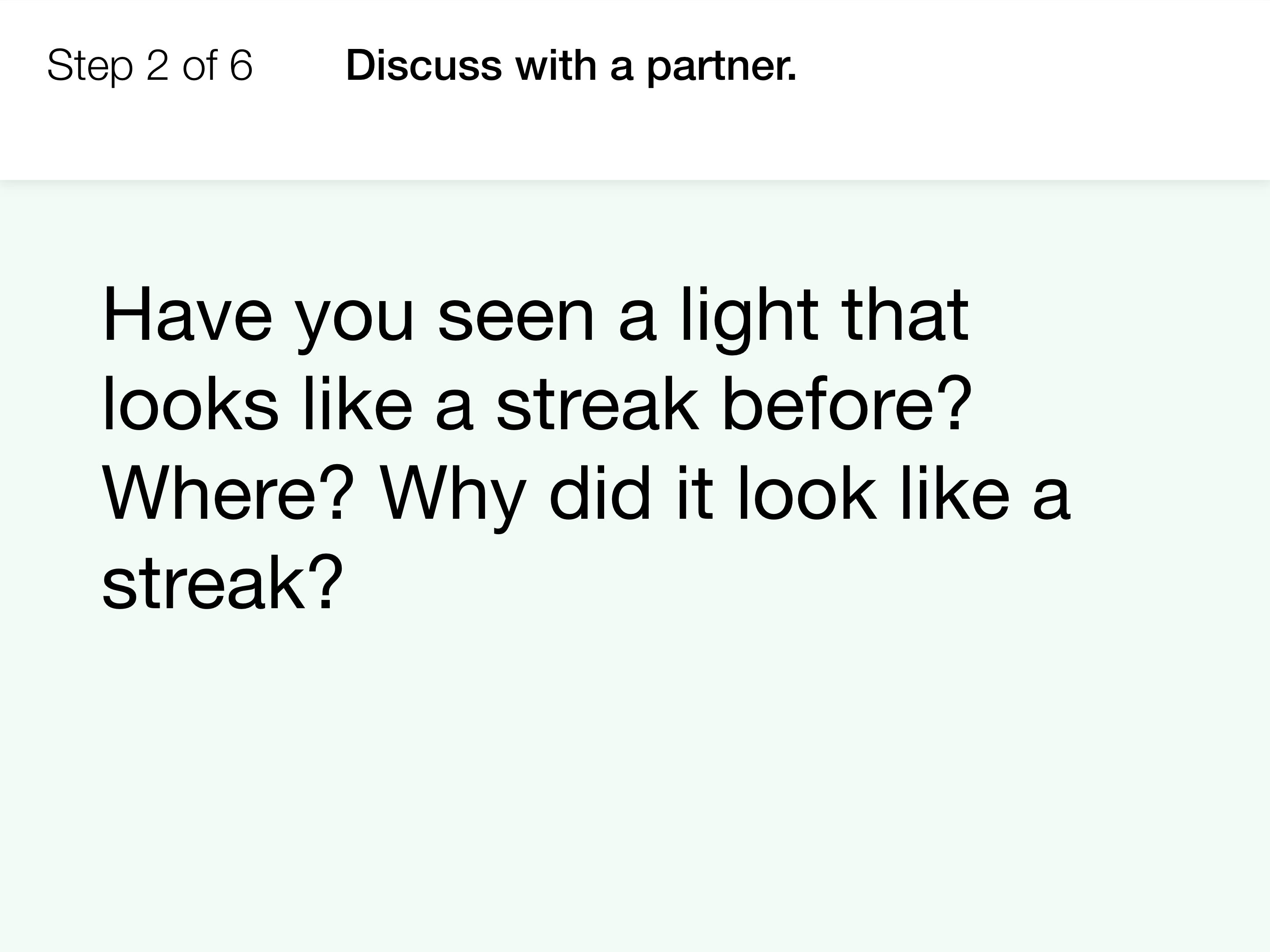
Reveal answer
Activity Step 2 Slide Image

Reveal answer
Activity Step 3 Slide Image
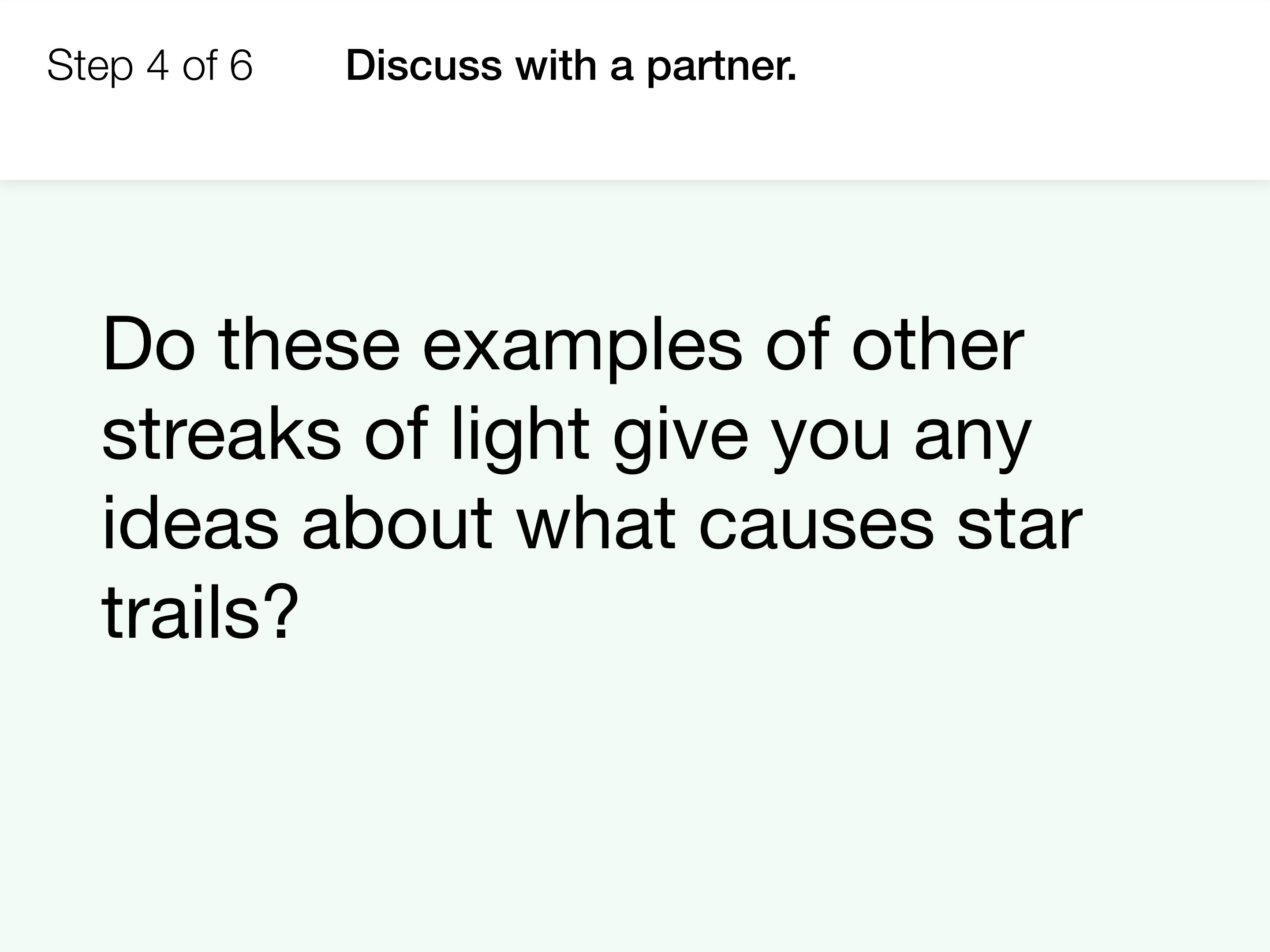
Reveal answer
Activity Step 4 Slide Image
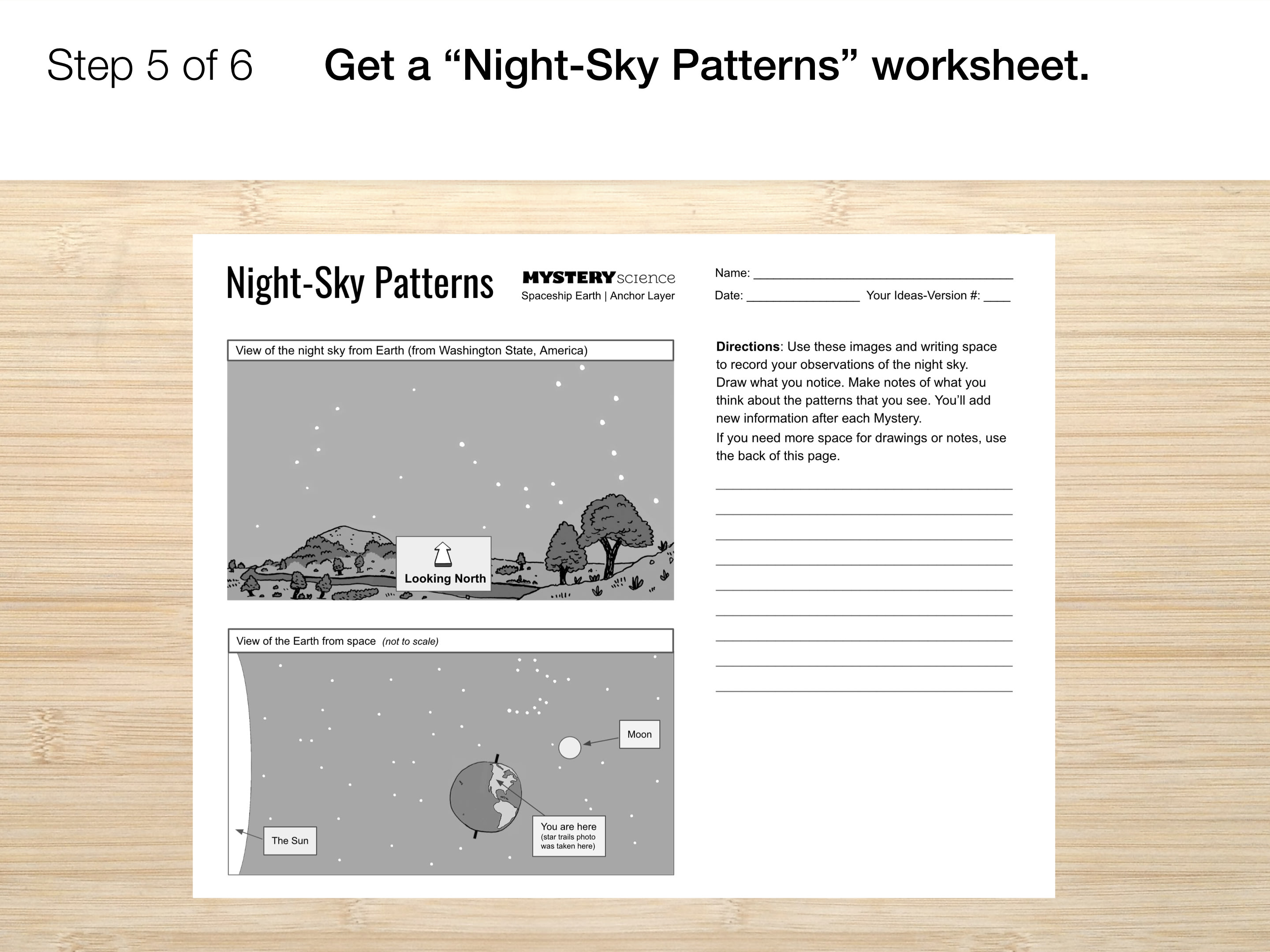
Reveal answer
Activity Step 5 Slide Image
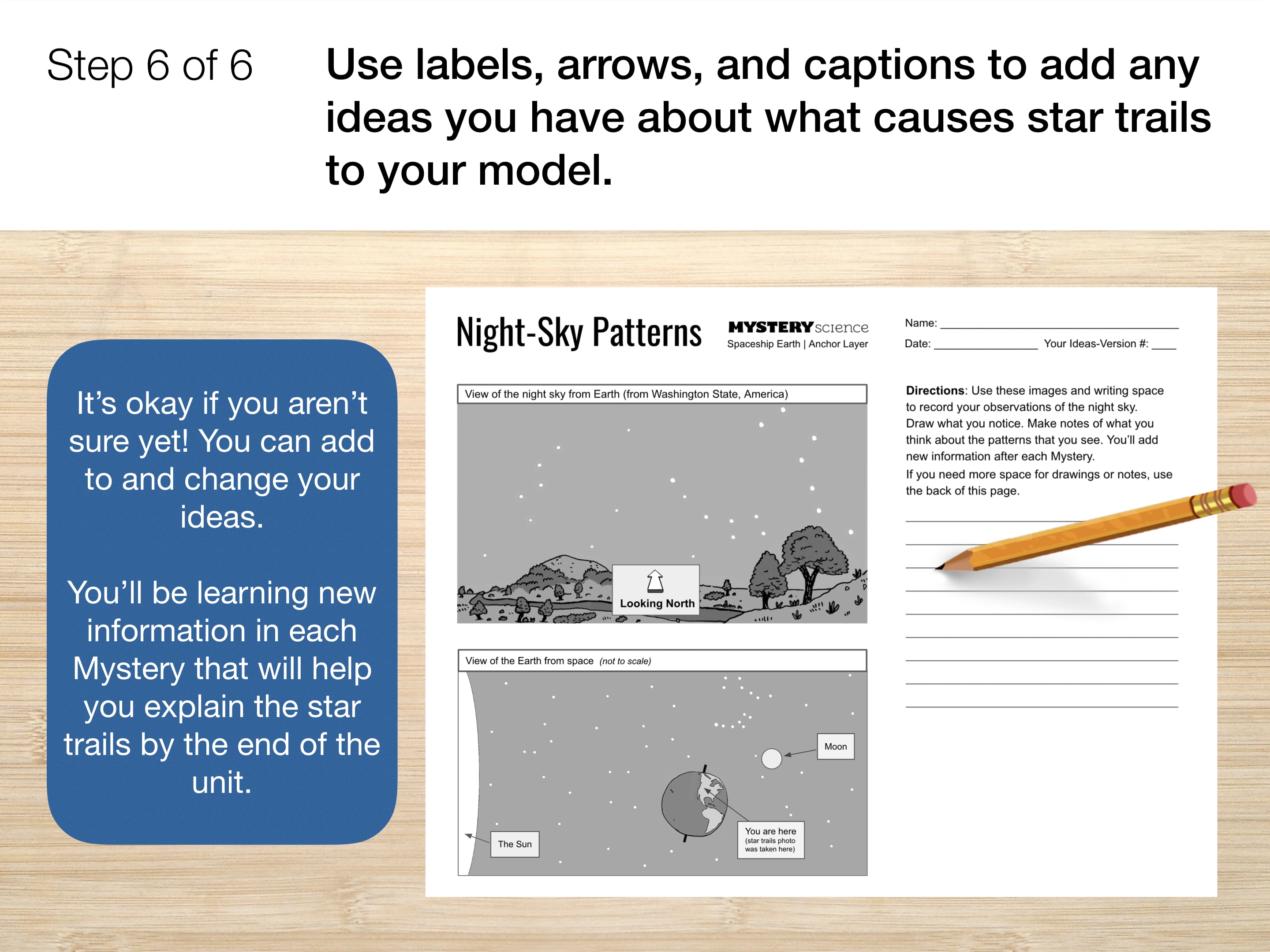
Reveal answer
Activity Step 6 Slide Image
Conceptual Model
Models are used by scientists to understand and explain something. A model is revised, or changed, as new information is learned.
There are many types of models, but you just finished creating a conceptual model.
A conceptual model helps scientists explain things that they can't see. After each Mystery, you will add the new things you've learned to your model.
You've completed the Unit Starter!
Be sure to keep each student's Night-Sky Patterns accessible. They will use it after each Mystery in the Unit Connection.
Teach Mystery 1 next: How fast does the Earth spin?
